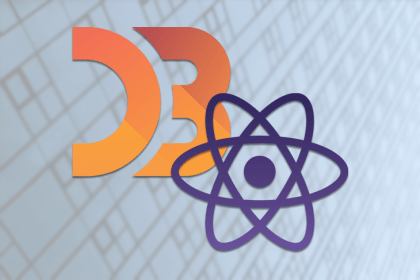
Version 6 is the most recent D3.js release. Learn how you can use it to create charts and manipulate graphics in your React apps.
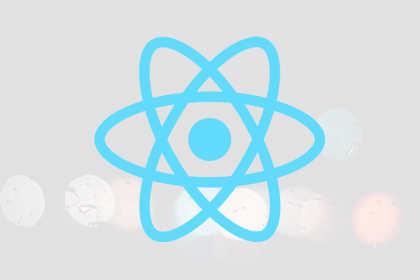
We dive into what a context is in React, when you should be reaching for them, and the best way to create them.

In this guide, we’ll show you how to use Frontity and introduce you to some alternative solutions for building WordPress sites with React.

In this tutorial, we’ll build a React Hook that enables us to gradually load data without blocking the UI of the browser.

Here’s how to integrate Lingui.js with a React app and add internationalization capabilities to your application.
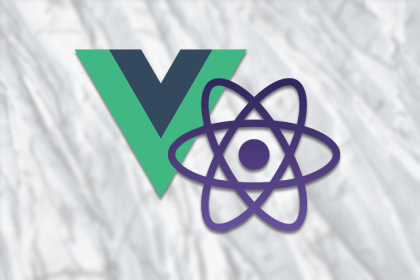
The experimental reactivue package allows you to take the best parts of the Vue Composition API and React Hooks and use them together.
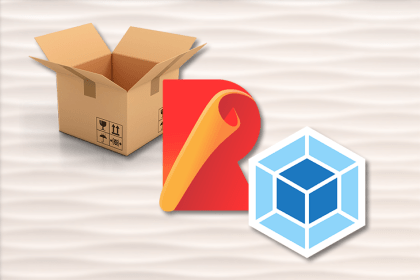
Bundlers serve as a cornerstone technology for all modern web apps. We’ve benchmarked Rollup, Parcel.js, and webpack across multiple criteria.

Learn how you can use webpack to set up a Figma plugin project that establishes communication with a React-based UI.
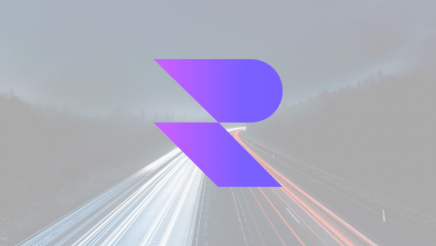
Reakit is a low-level component library that helps us to create more accessible React components, libraries, design systems, and applications.
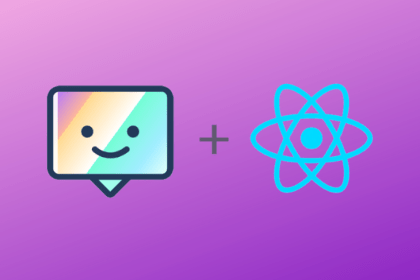
Learn how to position and customize tooltips in a React project using Tippy.js, an easy-to-use library that provides tooltip solutions and pop-out style GUI tools.

A few weeks ago, the React team released the library’s latest version, React v17.0 RC. In this post, we will […]

With React 17, you no longer need to import React in your files to use React. Confused? This article will tell you what you need to know in order to migrate both your code and knowledge to this new way of doing things.